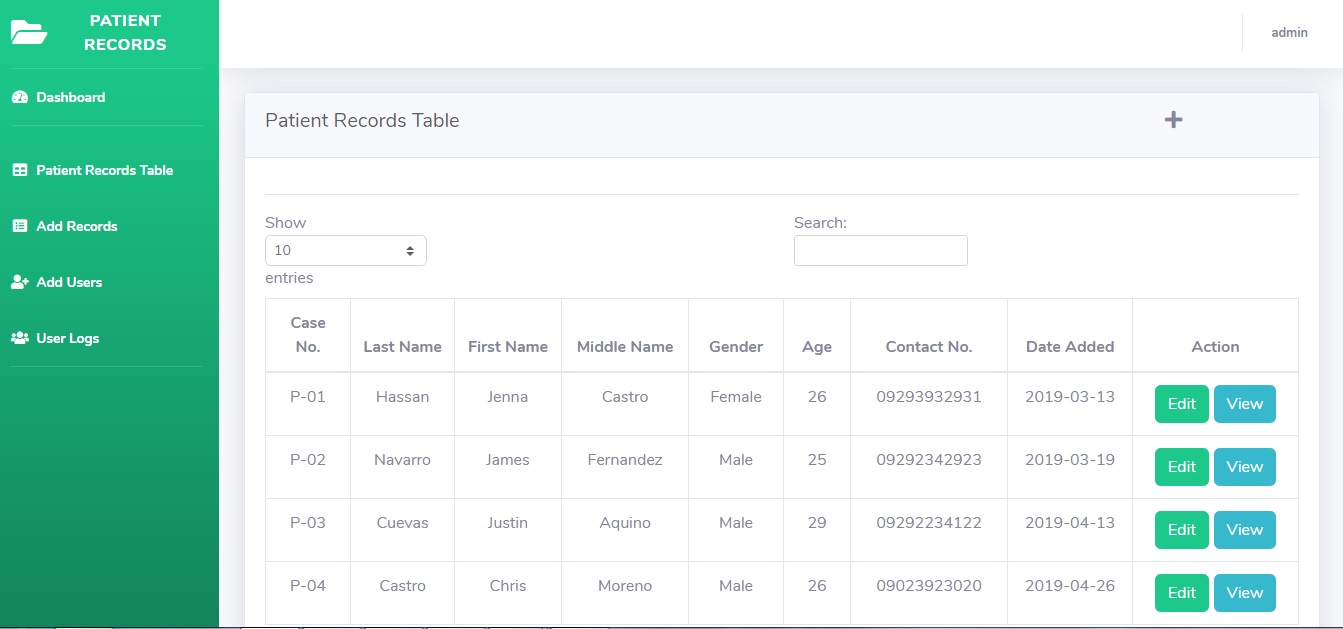
Investigate and remediate alerts in Privacy Risk Management Use retention labels to manage the lifecycle of documents stored in SharePointĪpply a retention label to a file when I receive an alert that content containing personal data is being stored or remains untouched for too long Manage the lifecycle of different document types in SharePoint Use Preservation Lock to restrict changes to retention policies and retention label policies Restrict changes to policies to help meet regulatory requirements or safeguard against rogue administrators Start the retention period when an event occurs, such as:ĭo custom actions or integrate with other solutions at the end of the retention periodĬustomize what happens at the end of the retention period Let admins apply retain and delete actions to a document understanding model, so that these are automatically applied to identified documents in a SharePoint libraryĪutomatically apply retain and delete actions to documents and emailsĪpply a retention label to content automatically Let users automatically apply retain and delete actions to emails by using Outlook rules Let site admins set default retain and delete actions for all content in a SharePoint library, folder, or document set Publish retention labels and apply them in apps Let admins and users manually apply retain and delete actions for documents and emails:
#Golden records management system update
Use record versioning to update records stored in SharePoint or OneDrive ĭeclare records by using retention labels Need to comply with a specific industry regulation? Check Regulatory requirements for data lifecycle management and records management for regulation-specific guidance. Use the following table to help you map your business requirements to the scenarios that are supported by records management. The person configuring these labels doesn't require access to the content. These permissions are required only to create, configure, and apply retention labels that declare records, and manage disposition. To grant permissions for this limited administration, we recommend that you add users to the Records Management admin role group, which grants permissions for all features related to records management, including disposition review and verification.įor a read-only role, you can create a new role group and add the View-Only Record Management role to this group.įor instructions to add users to the default roles or create your own role groups, see Permissions in the Microsoft Purview compliance portal. By default, the tenant admin (global administrator) has access to this location and can give compliance officers and other people access without giving them all the permissions of a tenant admin. Members of your compliance team who are responsible for records management need permissions to the Microsoft Purview compliance portal. For records management, see the Microsoft Purview Data Lifecycle Management & Microsoft Purview Records Management section for feature-level licensing requirements. To see the options for licensing your users to benefit from Microsoft Purview features, see the Microsoft 365 licensing guidance for security & compliance. Subscription and licensing requirementsĪ number of different subscriptions support records management and the licensing requirements for users depends on the features you use.
#Golden records management system trial
Learn details about signing up and trial terms. Start now at the Microsoft Purview compliance portal trials hub. Use the 90-day Purview solutions trial to explore how robust Purview capabilities can help your organization manage data security and compliance needs. If you're not an E5 customer, you can try all the premium features in Microsoft Purview for free.


Retention labels are reusable building blocks that can be used in multiple policies and can be incorporated into user workflows:

Understand the records management solution and how retention labels can be used to allow or block actions when documents and emails are declared records: Learn about records managementĬreate your file plan for retention and deletion settings and actions, and when items should be marked as records by importing an existing plan if you have one, or create new retention labels: Use file plan to create and manage retention labels If necessary, create retention policies for baseline governance of data across Microsoft 365 workloads. Understand how retention and deletion works in Microsoft 365, and identify whether you need to use retention policies to supplement retention labels that manage documents and emails at the item level: Learn about retention policies and retention labels Ready to start managing your organization's high-value content for legal, business, or regulatory obligations by using a records management solution in Microsoft 365? Use the following guidance to get started: Microsoft 365 licensing guidance for security & compliance.


 0 kommentar(er)
0 kommentar(er)
